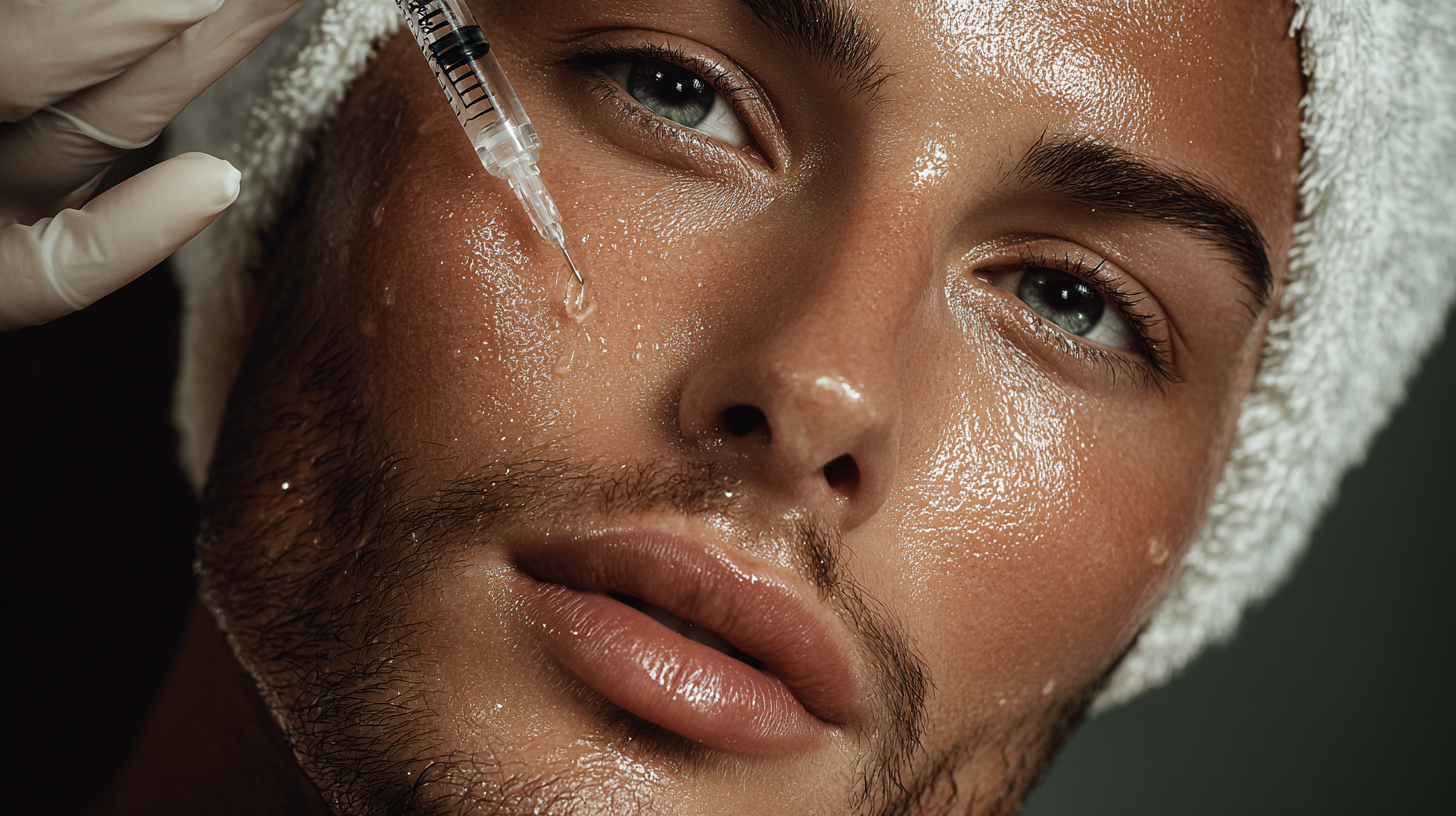Mastering Semi-Permanent Make-Up Brows for Darker Skin Tones
Our Columnist, Nez Hasan is a renowned semi-permanent makeup artist who has nearly 10 years' experience in the beauty industry. She has a passion for enhancing natural beauty and offers a range of treatments to an international client base.
Performing semi-permanent brow treatments on darker skin tones (Fitzpatrick types IV, V, and VI) light to medium brown, dark brown and deeply pigmented brown to black has its challenges and things to think about compared to lighter skin tones. Understanding how skin type, undertones, and pigment selection affect the final result is important to help achieve long-lasting, and natural-looking brows. When I first started my career in 2016 treating women of colour for semi permanent brows was not offered as technicians were scared of scarring and keloids, I believe I was the first person in 2016 to offer Mircroblading when my client had emailed to say she would love this treatment but is of darker skin and could not get an appointment in the places she enquired. I could not bring myself to say no and I felt very uncomfortable to think she could not because she is darker which really bothered me so I said she’s welcome to come to me but just needs to know I have never worked on darker skin before, end result was great she is still my client. For readers of darker skin or fellow artists here are some points to consider.
1. Key Differences in Performing Semi-Permanent Brow Treatments on Skin of Colour
Melanin Density: Darker skin contains more melanin, which can affect how pigments settle into the skin. The increased melanin can cause pigment to appear darker or shift more quickly, sometimes resulting in ashy, grey, or overly warm tones.
Skin Elasticity: Darker skin types tend to have more elasticity, which can affect the way the skin holds the pigment. Techniques and pressure must be adjusted to help pigment implantation.
Thickness of the Skin: Darker skin often has a thicker dermis, which may require slightly different needle depths or techniques compared to lighter skin. Powder brows are usually more ideal.
2. Colour Selection for Brow Pigments on Skin of Colour
Darker Skin Tones: When selecting pigment for clients with darker skin, it's essential to avoid pigments that are too light or too ashy, as these can create an unnatural look or fade to undesirable hues. Warm, neutral, or golden pigments tend to work better.
Avoiding Ashy Undertones: Ashy pigments (e.g., cool browns or greys) can turn darker grey on melanin-rich skin. Warm, golden tones are preferable for achieving a more natural look. For darker skin, using a mix of warm and neutral pigments can help achieve desired brow colour.
Undertone Considerations: Understanding your client's undertones (warm, cool, neutral) is essential for selecting the right pigment that complements their complexion. Cool undertones may require more neutral or cool-toned pigments, while warm undertones need pigments with warmer tones.
3. Role of Undertones in Pigment Selection
Cool Undertones: For clients with cool undertones, choose pigments that are more neutral to cool, such as taupe, ash brown, or dark cool browns.
Warm Undertones: For clients with warm undertones, go for golden, caramel, or reddish browns to avoid an overly grey appearance.
Neutral Undertones: Neutral undertones allow more flexibility in pigment selection, but can still require a mix of warm and cool tones for a natural effect.
4. Adjusting Technique for Darker Skin Tones
Needle Depth: On darker skin, you may need to adjust the needle depth to ensure the pigment is deposited evenly into the dermis without causing excessive scarring or trauma. Too shallow a depth can cause the pigment to fade too quickly, while too deep can lead to pigment migration or a blurred look.
Pressure and Speed: Because darker skin can be thicker and more elastic, you may need to adjust your hand speed and pressure. Applying too much pressure or going too fast can lead to poor pigment retention or an uneven outcome.
Microblading vs. Machine Work: Microblading may not be as effective on darker skin due to its thicker nature and higher melanin content. Machine techniques, like ombre or powder brows, tend to work better on these skin types, providing more even pigment distribution and longer-lasting results.
5. Ensuring Pigment Retention Over Time
Proper Pigment Depth: To ensure that the pigment stays true and doesn't fade or blur, it's essential to implant the pigment at the correct depth. On darker skin, this means avoiding depositing pigment too superficially, which can cause it to fade faster.
Aftercare and Touch-ups: Recommend touch-ups to maintain pigment longevity and ensure proper healing. It's important to manage client expectations regarding fading, as darker skin may show more fading over time due to skin's natural exfoliation process.
6. Healing Process for Skin of Colour
Hyperpigmentation Risk: Healing may take slightly longer, and darker skin is more prone to hyperpigmentation, particularly if the skin is damaged during the procedure or if aftercare instructions are not followed.
Post-Inflammatory Hyperpigmentation (PIH): The increased melanin in darker skin can cause darker spots to form in response to trauma. Proper aftercare, including avoiding sun exposure and harsh chemicals, is crucial to prevent PIH.
Scabbing: Darker skin may form thicker scabs, which can affect the final result if not cared for properly. Clients must avoid picking at scabs to prevent scarring or pigmentation issues.
Working with darker skin tones requires a tailored approach to ensure the best possible results. Proper pigment selection, depth control, and technique adaptation are all important for achieving natural, long-lasting brows. Additionally, post-care and awareness of potential healing complications, such as hyperpigmentation. Educating clients and adjusting your techniques based on their unique skin characteristics will ensure that they leave your treatment table with brows that enhance their natural beauty.








